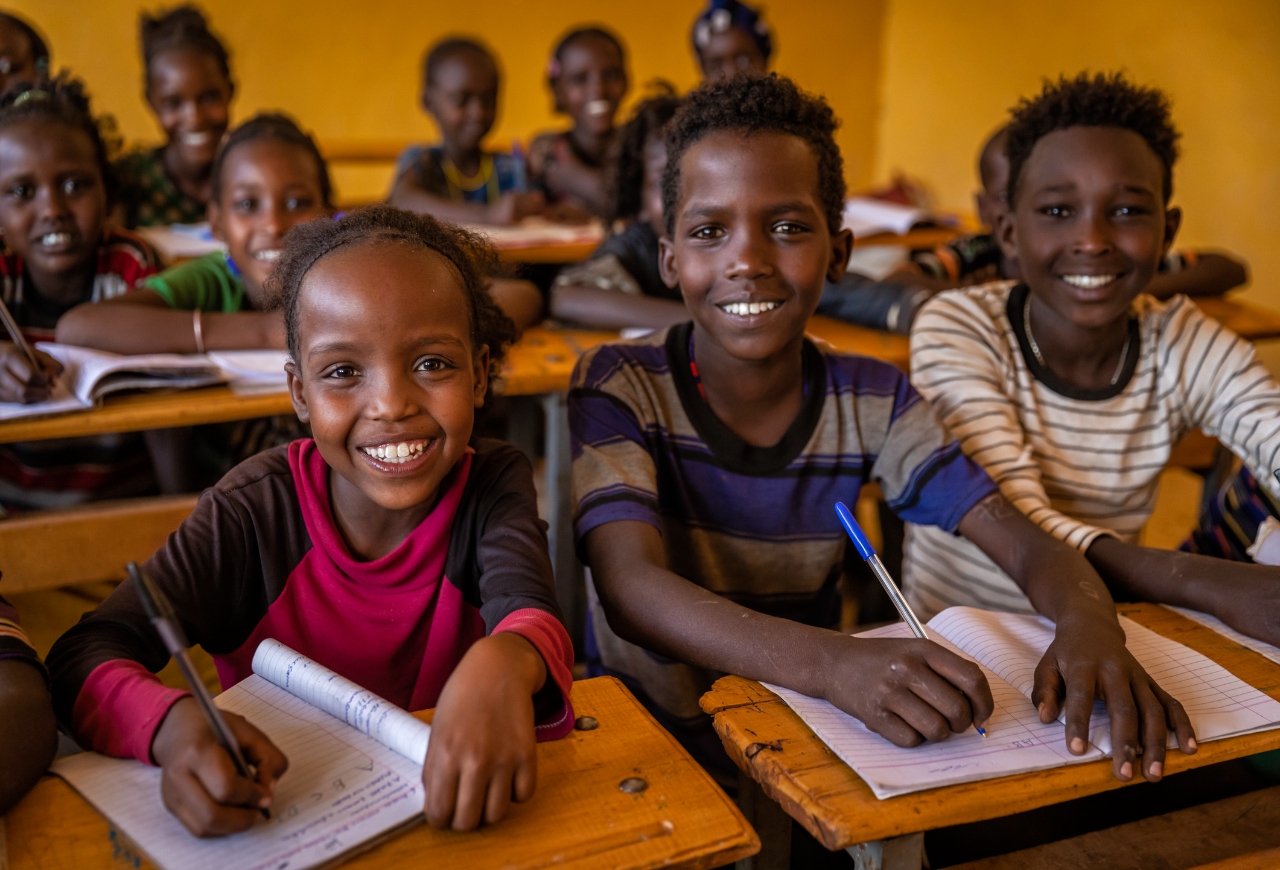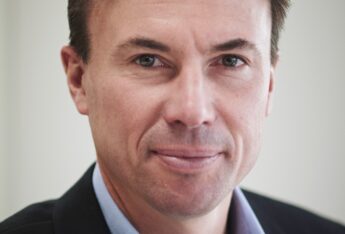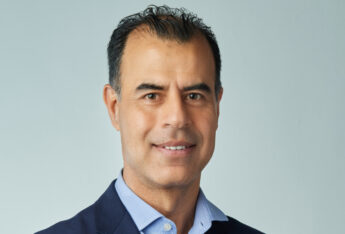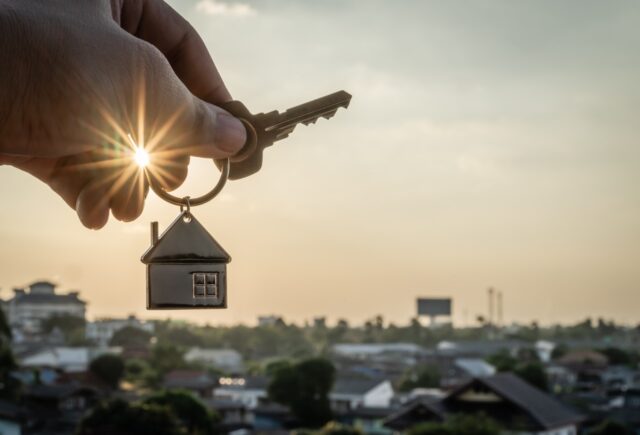Education and employment are key development challenges for many parts of Africa. A substantial increase in funding, and the development of innovative investment opportunities are needed, say Paul Ronalds and Sandeep Aneja.

Nelson Mandela famously stated that education was the most powerful weapon which you can use to change the world.
It is a poignant observation and one that is as relevant today as ever. Conflict, climate change and the ongoing fall-out from COVID-19 have all conspired to reverse decades of improvement in global education, health and equality.
When the UN Sustainable Development Goals (SDGs) were adopted in 2015, the annual funding gap to achieve them was estimated to be around $2.5trn (€2.3trn). At the 2024 mid-point of the SDGs’ deadline, that figure has ballooned out to more than $4trn.
Meanwhile, other sources of funding have not been able to plug the gap. After a strong period of growth, remittances to low and middle-income countries (LMICs) moderated in 2023, reaching an estimated $656bn, up 0.7% compared to 2022, while foreign direct investment (FDI) flows to developing countries have been declining in recent years. They are still significant, but in 2023 FDI to developing countries fell by 9% to $841bn. Remittances to Africa are about $48bn.
To have any hope of achieving the SDGs, it is clear that these sources of funding, together with overseas development assistance and philanthropic efforts are inadequate.
We must develop new and innovative investment opportunities, blended financing that incorporates both public and private funding, if we are to combat the global challenges we are confronting.
Education and employment
In Africa, one of the most urgent development challenges is the education and employment of a rapidly growing population.
Africa has the world’s youngest population with more than 60% of its population under the age of 25. The youth demographic is projected to grow even further, reaching 2.5 billion by 2050 (up from 1.4 billion today). And by 2035 there will be more young Africans entering the workforce each year than in the rest of the world combined, according to the World Economic Forum.

The World Bank recently suggested that over the next 10 years, approximately 1.2 billion young people in the Global South will reach working age. However, the current job market is expected to create only about 420 million jobs during this period, resulting in a staggering gap of nearly 800 million people without a clear path to employment and prosperity.
From 2020 to 2030, an estimated 3.7 million young people are expected to reach working age every month globally.
These young people can be a driver of sustainable development and transformative change across Africa or a source of discontent leading to conflict and poverty. The outcome, will in a large part, depend on the quality of education they are able to access.
But across Africa schools face issues of overcrowding due to insufficient facilities to accommodate the growing student population and a significant teacher shortage.
There are over 30 million out-of-school primary school children and 90 million secondary school children.
Need for investment
Even when they are in school, their education outcomes are poor. There is also a growing digital divide. While our children have laptops and are already using different AI tools, in sub-Saharan Africa computers and digital devices are not widely used in classrooms and most students lack easy access to internet connections at home.
The school building themselves are often inadequate. Less than one third of primary schools in at least 19 countries in the region have access to electricity and less than half (44%) of primary schools have access to clean drinking water.
And the region’s schools are woefully ill-prepared for the impact of climate change. A Devex analysis found that more than 210 million children lost crucial school days in just April and May of 2024 due to school closures from extreme heat.
Looking ahead
These might seem like insurmountable challenges but at Save the Children and Kaizenvest we have seen first-hand how small, strategic investments can deliver extraordinary results.
Take the example of one early childhood education centre on the outskirts of the Rwandan capital, Kigali, which received a modest US$5000 grant from Save the Children’s Kumwe Hub to help the centre meet the government’s minimum standards.

The grant was used to pay for new play equipment, education materials, water tanks and other improvements to classrooms. After achieving government accreditation, there was a 20% increase in enrolments and there is now a waiting list.
Because of the increased enrolments and fee income, this low-cost centre now wants to take out a loan to buy some neighbouring land, build more classrooms and even make the school more resilient against extreme heat and flooding.
But with sub-Saharan Africa’s annual education financing gap estimated at around $70bn there is a desperate need for new mechanisms to crowd in private sector funding to realise Africa’s education potential.
This is why Save the Children Global Ventures has joined forces with Kaizenvest, a leading impact investor for human capital development, to create the Generation Empowerment Fund.
The fund will provide wholesale finance to African financial institutions on condition that they on-lend to community-based schools, vocational centres and early education centres, and healthcare and nutrition companies across sub-Saharan Africa.
The Fund is seeking to raise at least $50m and will pioneer the first child-lens investment strategy targeting sub-Saharan Africa. The focus countries are Ghana, Kenya, Nigeria, South Africa, Rwanda and Uganda.
Investment in this fund will represent an important expansion of private investment into African young people.
However, the scale of private, return-seeking capital required is well beyond Save the Children and Kaizenvest. To ensure every African young person has access to the opportunities they deserve, much more funding needs to flow to initiatives that expand Africa’s human capital.
This is why we hope the fund will be a catalyst for the financial sector to more deliberately consider children and young people in their investment strategies, an approach we call child-lens investing.
We believe this approach will deliver both strong financial returns as well as result in outsized impact.
The challenges African young people face today are profound. But these challenges can be overcome if we give them the most powerful weapon to transform their lives and the continent: a quality education.
Paul Ronalds is CEO of Save the Children Global Ventures and
Sandeep Aneja is founder and managing partner at Kaizenvest.






